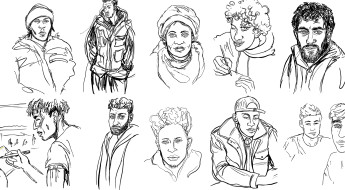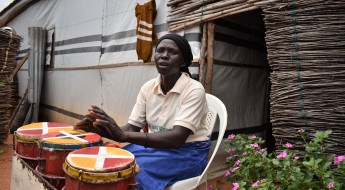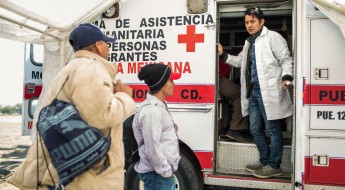Ethiopia: Humanitarian needs continue to grow, as more people flee their homes
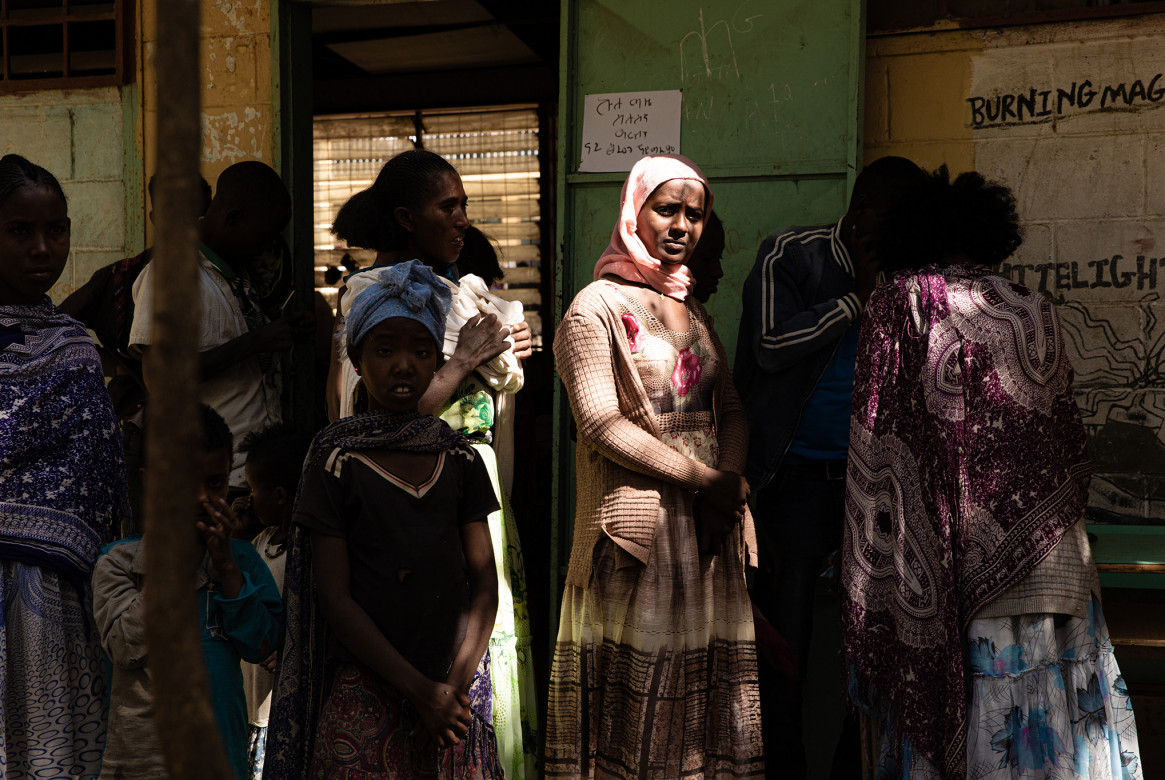 Almost five months after the beginning of the fighting in Tigray, people continue to flee their homes in search of safety. Every day, newly displaced people arrive to the main towns, where they stay with the host communities or in improvised sites, like schools. According to estimates, about one million people are displaced within Tigray region.ICRC/ Alyona Synenko
Almost five months after the beginning of the fighting in Tigray, people continue to flee their homes in search of safety. Every day, newly displaced people arrive to the main towns, where they stay with the host communities or in improvised sites, like schools. According to estimates, about one million people are displaced within Tigray region.ICRC/ Alyona Synenko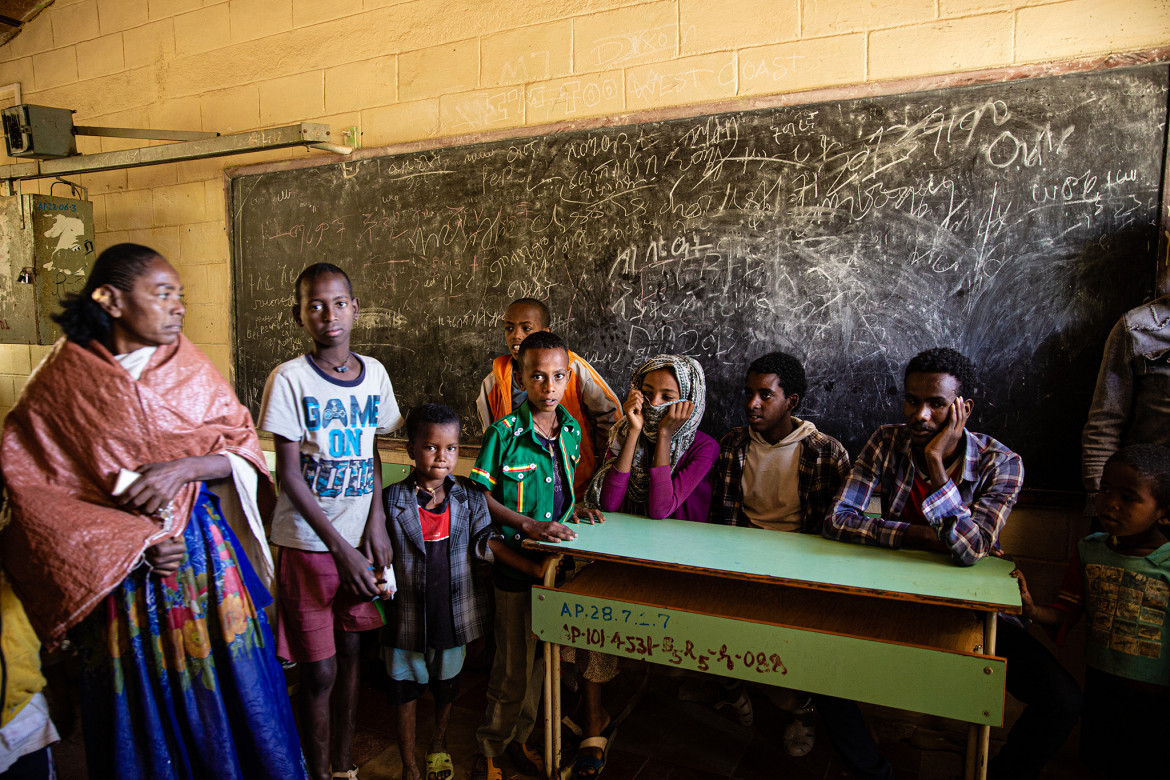 In Axum, several schools have been temporarily converted into shelters for people who have left their homes. Here, every gram of food and every drop of water counts. Dozens of families are sleeping side by side on the floor, as the threat of the Covid-19 pandemic looms.ICRC/ Alyona Synenko
In Axum, several schools have been temporarily converted into shelters for people who have left their homes. Here, every gram of food and every drop of water counts. Dozens of families are sleeping side by side on the floor, as the threat of the Covid-19 pandemic looms.ICRC/ Alyona Synenko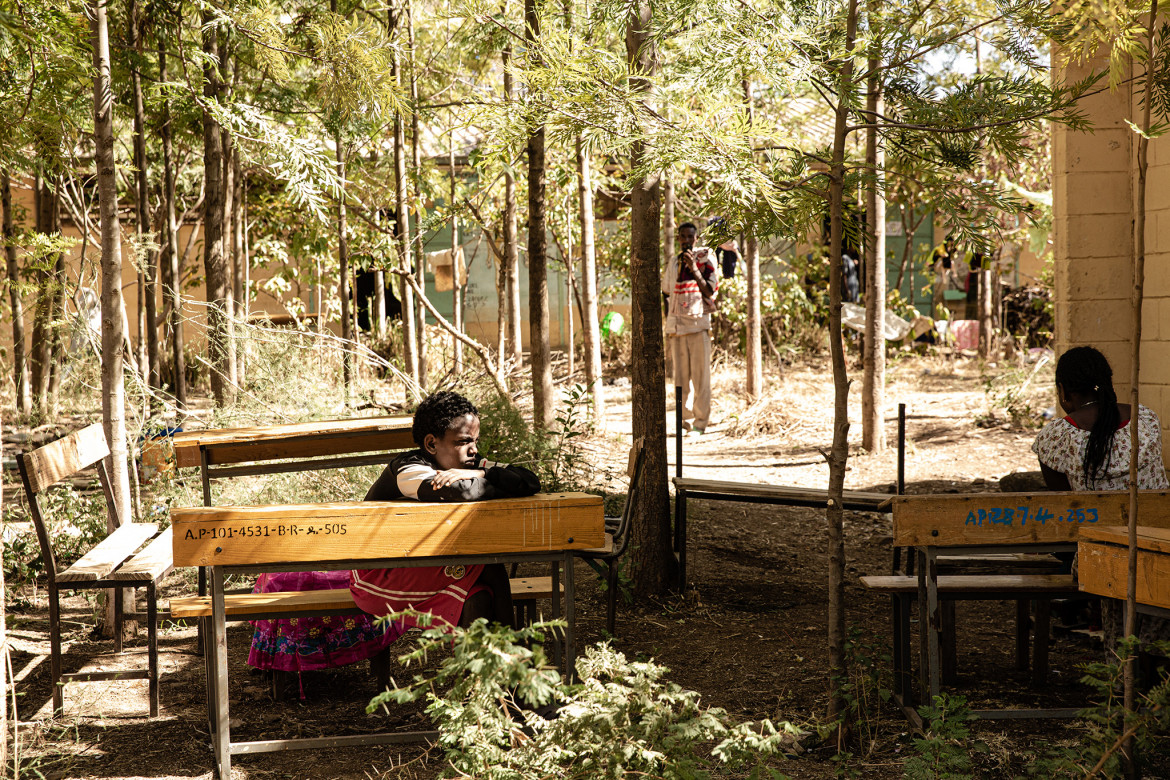 Thousands of families were separated when they fled their homes. Even as communication networks are being restored, many people still don’t know what happened to their loved ones. The ICRC works closely with the Ethiopian Red Cross Society and Sudanese Red Crescent Society to restore contact between separated family members. Between November 2020 and February 2021, some 4,400 displaced families and some 13,000 refugees re-established contact through phone calls and “safe and well” messages.ICRC/ Alyona Synenko
Thousands of families were separated when they fled their homes. Even as communication networks are being restored, many people still don’t know what happened to their loved ones. The ICRC works closely with the Ethiopian Red Cross Society and Sudanese Red Crescent Society to restore contact between separated family members. Between November 2020 and February 2021, some 4,400 displaced families and some 13,000 refugees re-established contact through phone calls and “safe and well” messages.ICRC/ Alyona Synenko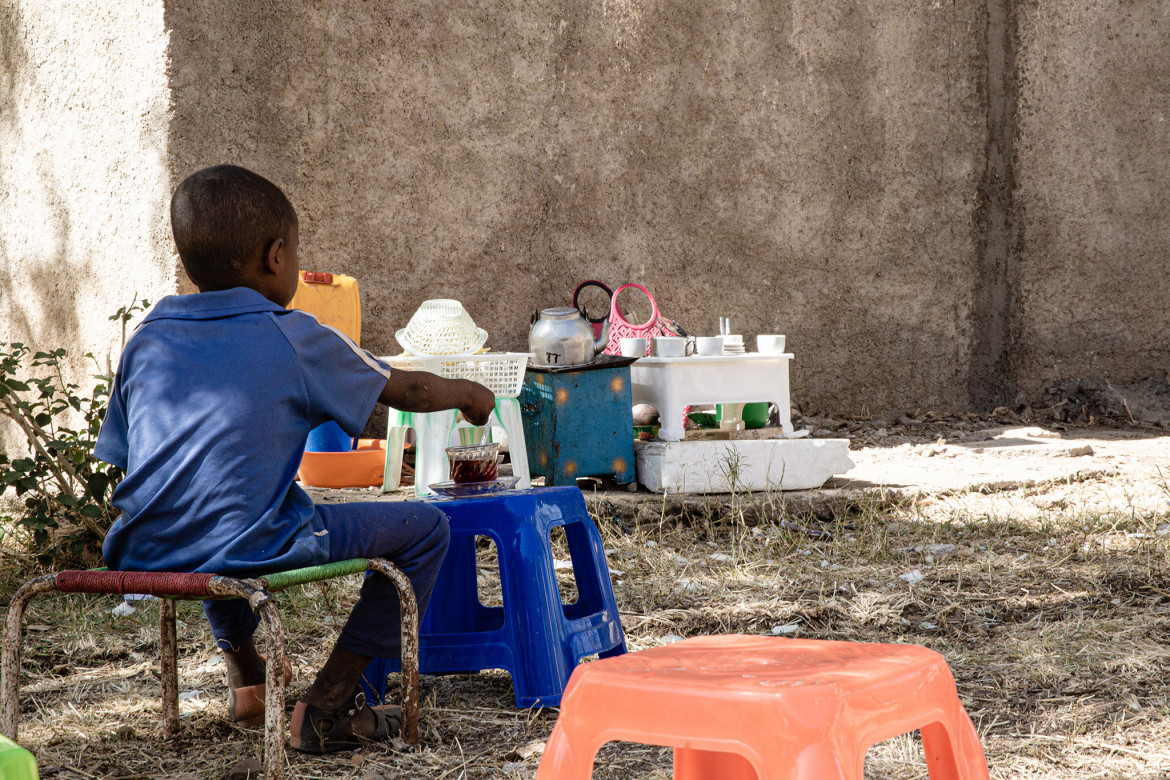 Children who become separated from their parents when they flee their homes are extremely vulnerable.ICRC/ Alyona Synenko
Children who become separated from their parents when they flee their homes are extremely vulnerable.ICRC/ Alyona Synenko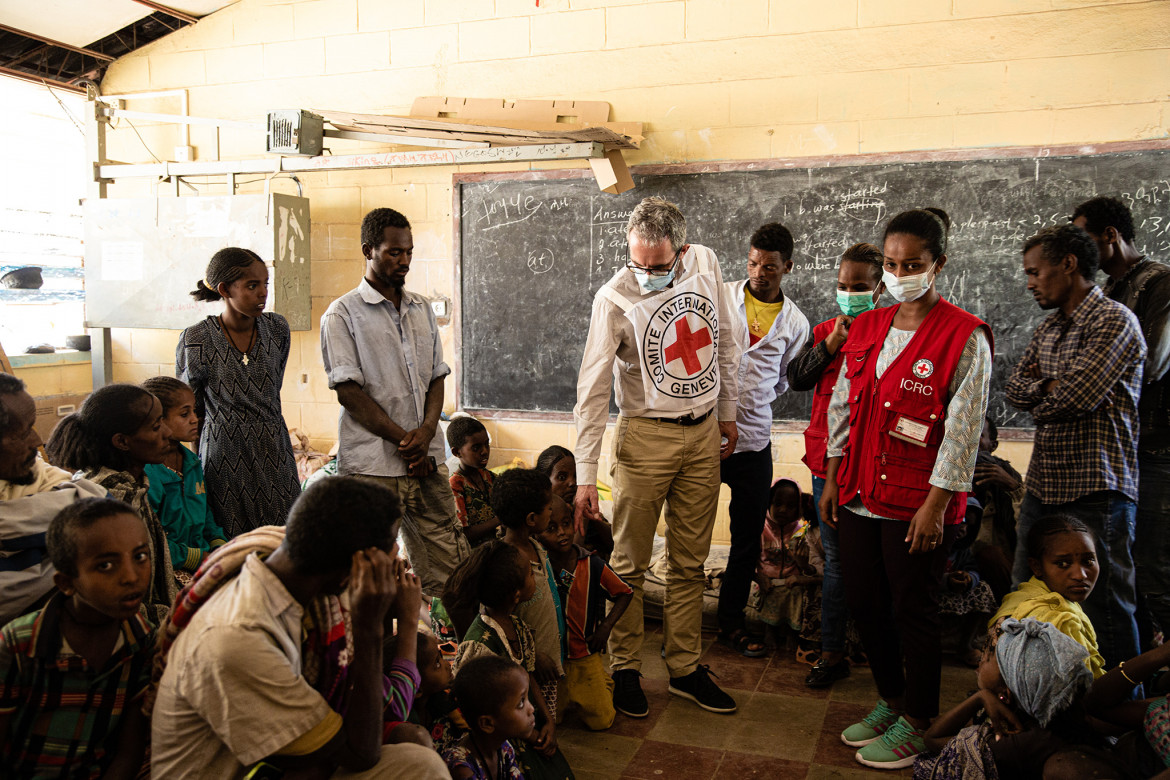 In late March, Dominik Stillhart, Director of Operations for the ICRC, visited Tigray region of Ethiopia. “Needs are overwhelming, and more people are still arriving in urban centers with nothing but their clothes. Together with the Ethiopian Red Cross, we are working tirelessly to deliver more aid including into rural areas,” Mr. Stillhart said.ICRC/ Alyona Synenko
In late March, Dominik Stillhart, Director of Operations for the ICRC, visited Tigray region of Ethiopia. “Needs are overwhelming, and more people are still arriving in urban centers with nothing but their clothes. Together with the Ethiopian Red Cross, we are working tirelessly to deliver more aid including into rural areas,” Mr. Stillhart said.ICRC/ Alyona Synenko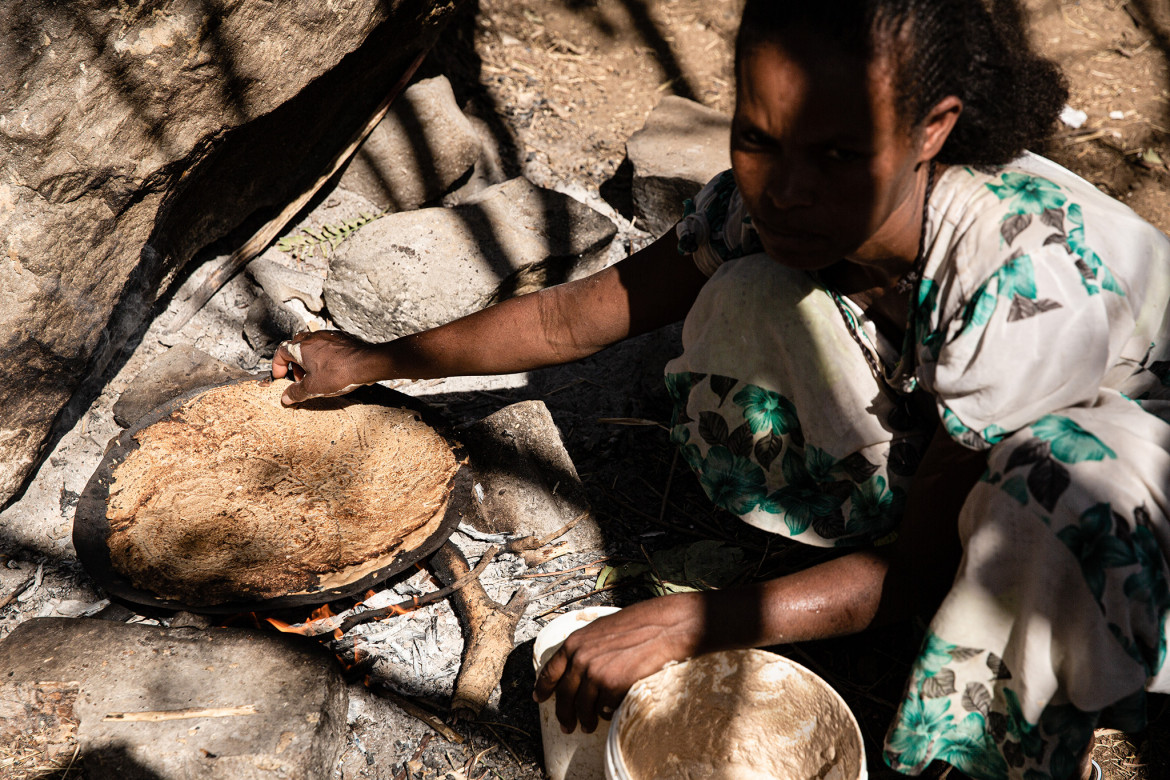 The fighting disrupted the harvest season and people lost their stores and livelihoods when they fled their homes. Among the displaced people, food is one of the main worries. To make the most efficient use of the available supplies people living in the sites for the displaced often cook together.ICRC/ Alyona Synenko
The fighting disrupted the harvest season and people lost their stores and livelihoods when they fled their homes. Among the displaced people, food is one of the main worries. To make the most efficient use of the available supplies people living in the sites for the displaced often cook together.ICRC/ Alyona Synenko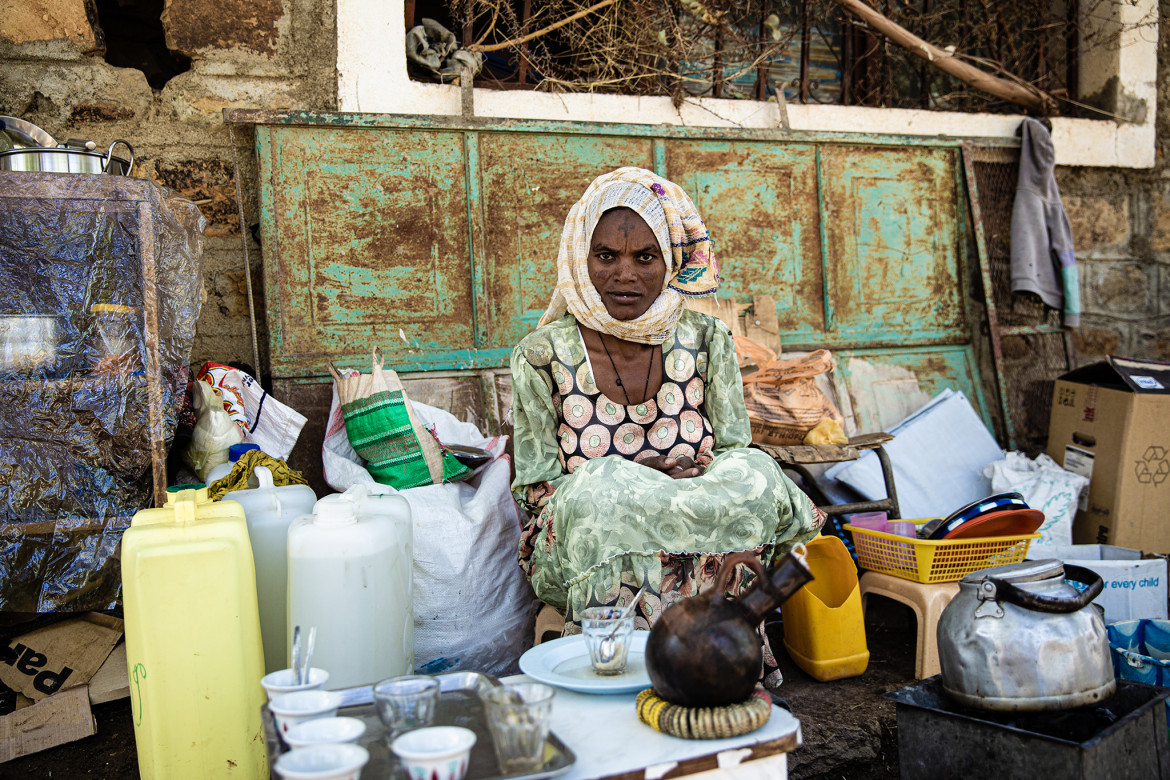 Displaced people have been relying on the generosity of the host communities. The economic impact of the ongoing violence, however, has been severe and it has been increasingly difficult for the host communities to bear the brunt of the continuing displacement.ICRC/ Alyona Synenko
Displaced people have been relying on the generosity of the host communities. The economic impact of the ongoing violence, however, has been severe and it has been increasingly difficult for the host communities to bear the brunt of the continuing displacement.ICRC/ Alyona Synenko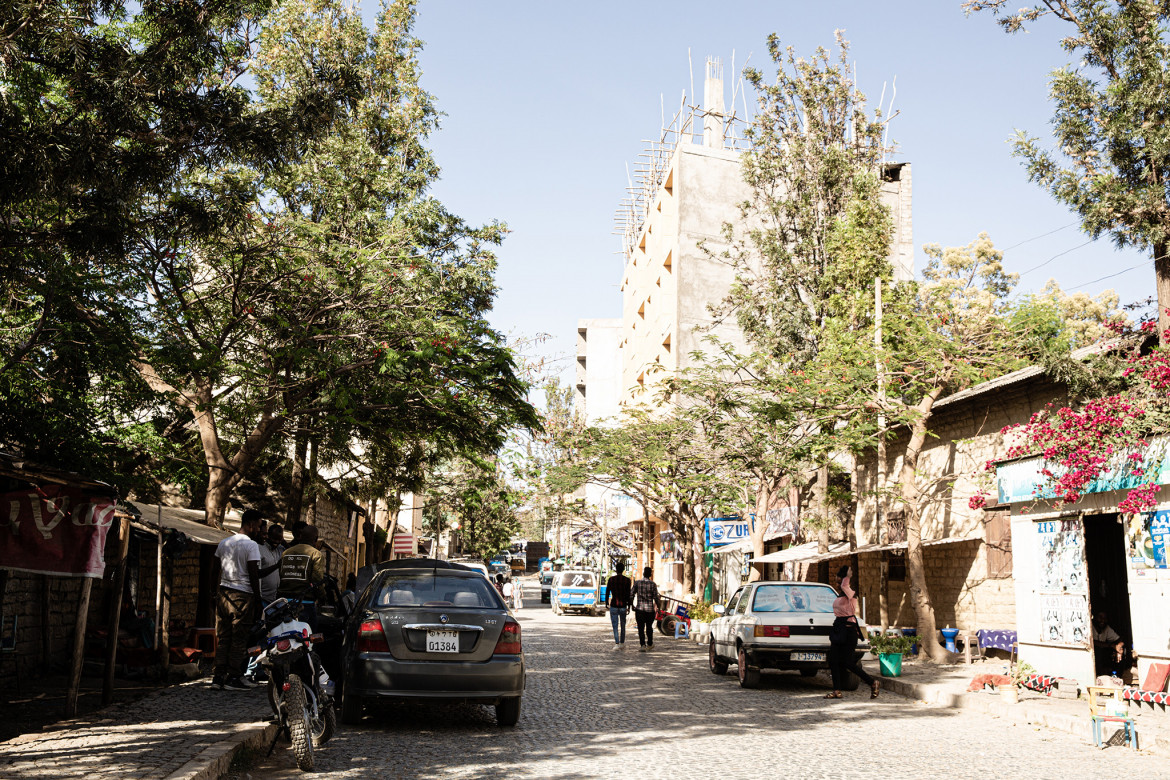 In the capital city of Mekelle shops and markets have reopened, and some services, like telecommunication networks are functioning again, but the situation in the region remains volatile and people live in constant fear. They don’t know what tomorrow will bring and when they will be able to return to their homes. The return to normality remains fragile.ICRC/ Alyona Synenko
In the capital city of Mekelle shops and markets have reopened, and some services, like telecommunication networks are functioning again, but the situation in the region remains volatile and people live in constant fear. They don’t know what tomorrow will bring and when they will be able to return to their homes. The return to normality remains fragile.ICRC/ Alyona Synenko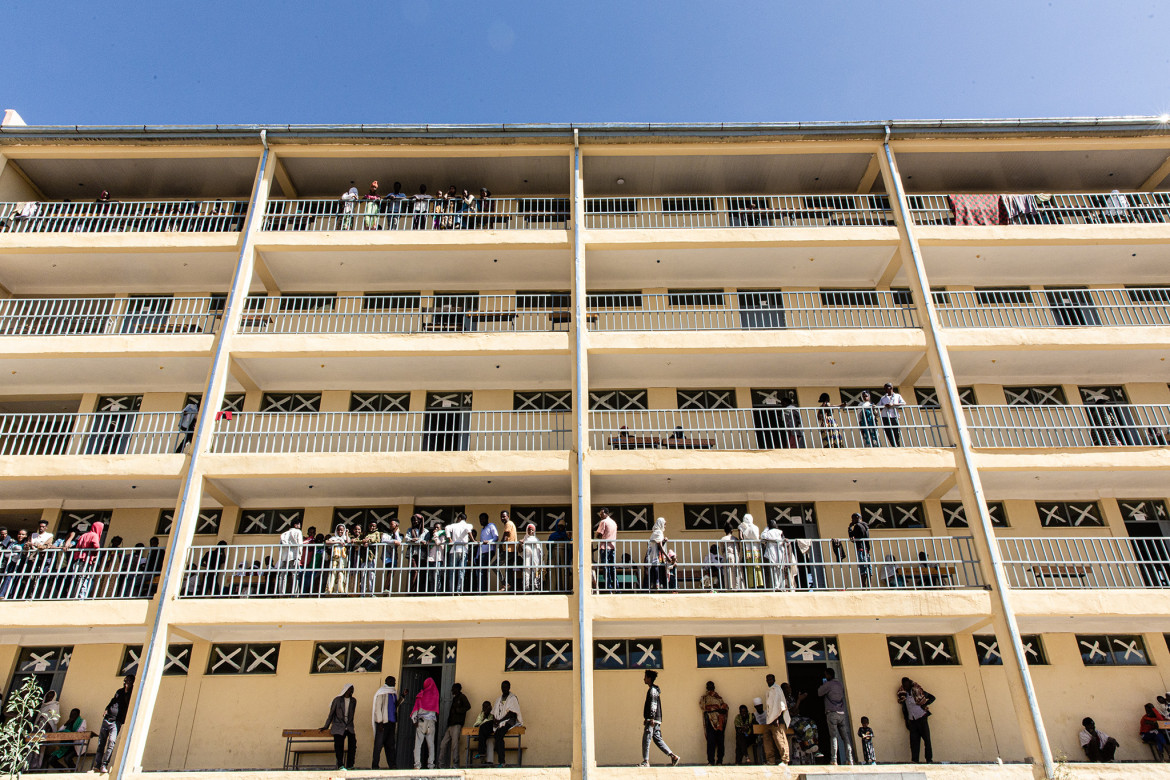 In the town of Axum, the population has doubled since the beginning of the crisis. The sharp increase in urban population put a strain on the essential public services like water, sanitation and healthcare.ICRC/ Alyona Synenko
In the town of Axum, the population has doubled since the beginning of the crisis. The sharp increase in urban population put a strain on the essential public services like water, sanitation and healthcare.ICRC/ Alyona Synenko
Almost five months, since violence flared up in Tigray region of Ethiopia, people continue to flee their homes and humanitarian needs increase. Last month, Dominik Stillhart, ICRC Director of Operations, visited sites for displaced people in the town of Axum to discuss with them the main humanitarian needs, as the ICRC is preparing to scale up its activities in the region.


